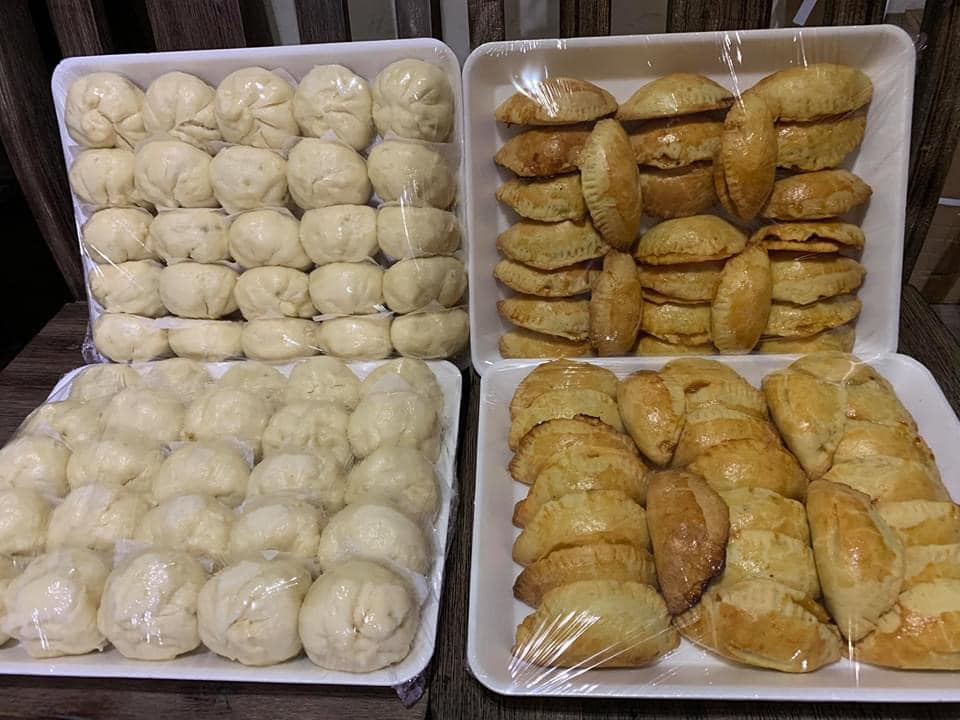
Do you know that there is one commodity in the island province of Siquijor that will soon add to its fame?
One of the Siquijor’s best and pride is its beef cattle.
According to the study presented by Dr. Agapita J. Salces of the University of the Philippines Los Banos (UPLB), Siquijor native cattle has the exceptional beef quality that makes it very competitive with the rest of the best beef cattle in the world.
In that study, Siquijor Beef Cattle is found out to be capable of producing very healthy kind of milk and meat no other country has, so that the Department of Agriculture (DA), the UPLB and the Philippine Rural Development Project (PRDP) and the UPLB are one in supporting the province boost its potential.
Siquijor native cattle, the study said stands out as a distinct type due to its low genetic relationship with other native cattle in the country. “Because it is grass-fed cattle meat, it is not just premium and high quality beef but meat excellent for health,” Salces said.
According to the UPLB study, the native cattle population of Siquijor island is predominantly taurine by descent named as Bos taurus.
Bos Taurus, the study said, are known to have genes for marbling and milk production therefore the native cattle in Siquijor can also be exploited for good quality milk.
Siquijor native cattle stands out as a distinct type due to its low genetic relationship with other native cattle in the country, it further said.
As domesticated animal the province’s pride easily ‘fits’ or adapts to the environment, hardworking and docile draught animal, has high tolerance to heat, strong resistance to disease, exists on natural, farm-based, non-medicated feeds and low water requirement.
“We have seen how great is God’s endowment to Siquijor, you have to take care of it and make full of its potential,” DA Regional Director Angel Enriquez once said while assuring the provincial government of its full support.
With the development, another multi-agency collaborative research project entitled “Developing a Sustainable Dairy Cattle Genetic Stock in the Philippines: Phase II – Crossbreeding with Aussie Red” led by Dr. Salces and funded by the United States Agency for International Development (USAID) through the Science, Technology, Research, and Innovation for Development (STRIDE) Program in the amount of P4.3 million pesos is now approved.
The research project will be utilizing Siquijor’s very own native cattle as the breeder bases due to its unique dairy attributes.
An inception meeting for the research project was made earlier at the Coco Grove Beach Resort, San Juan, Siquijor with the provincial government officials and other stakeholders.
Phase I of the project was entitled “Developing a sustainable dairy cattle genetic stock in the Philippines: Phase 1 – Establishing the Base for Future Breeding” also funded by USAID – STRIDE which aimed to develop breeding objectives and strategies to suit smallholder and commercial dairy cattle program.
The project collaborators were the University of North Carolina-Raleigh Campus; Bohol Island State University- Bilar Campus, Bohol; DA 7, Ubay Stock Farm, Bohol; Provincial Government of Siquijor, and the Philippine Asian Biotechnology Research & Development Corp (PABRD).
In phase I, the project research team was also able to show that the Siquijor native cattle produce milk up to five liters per cow with high level of fat at 4%. Their DNA profile further suggests high potential (93% possess betalactoglobulin desirable allele) to produce milk with superior cheese-making property.
Phase II project with the DA7 (Ubay Stock Farm); Provincial Veterinary Office (PVO), Catulayan Community Multi-Purpose Coooperative, Bohol Dairy Producers Association (BoDPA), Aces Credit Development Incorporated ( ACDI) Multi Purpose Cooperative, and the PABRD as the collaborators, will study and genotype at least 300 Siquijor native cattle from the island.
It aims to recruit and capacitate farmers toward participatory breeding program and dairy cattle management as it monitors the growth performance of the study animals with emphasis on milk yield and quality.
Eventually it hopes to develop a specialty cheese recipe from Siquijor native milk and establish commercial breeding objectives.
The Siquijor dairy cattle was used because of its heat and disease tolerance as well as being prolific despite minimum input, also says Project Leader Salces in her presentation.
According to the International Livestock Research Institute, Siquijor province is second highest in cattle density in the country with Ilocos Norte in Luzon as the first.
“This means that the potential of our cattle industry is really good,” said Provincial Veterinarian Bernadita Tabada.
Siquijor farmers, Tabada said are excellent caretakers of beef cattle. They integrate cattle raising to their farming system to augment the meager income from crop production.
Provincial Governor Zaldy Villa lauded the agriculture office headed by the PVO for the support and expressed elation over the development.
“We hope this information would encourage our local cattle raisers to produce more in order to cater to the projected increasing demand for the market outside of Siquijor province,” he said.
Vice-Governor Mei Ling Quezon also assured support from the legislative department to put in place related projects and programs in support to the governor’s vision.
“Ang baka sa probinsya mahimo na pud untang tourist delicacy, mahimong bantugan ug pinakalami nga karneng baka sa tibuok Pilipinas. Atong paningkamotan nga modaghan pa ang atong baka,” (Our beef will soon become a delicacy for tourists, to be known as the best and most delectable meat in the whole county. We will strive to make it flourish) the vice governor said.
Salces, in her presentation said, Siquijor can benefit from the increase in demand for grass-fed beef citing that the United States of America is world’s top beef consumer , the no. 1 exporter of grain-fed beef but also imports grass-fed lean beef for ground beef requirements .
In 2010, the study said only 3% of cattle in America were grass-fed, in 2015 it has increased to 20%.
Meanwhile, the UPLB, DA, PRDP and other project collaborators reiterated support to the beef cattle industry in the province with the aim of commercializing and optimizing production of Siquijor beef and milk and other by-products.












Leave a Reply